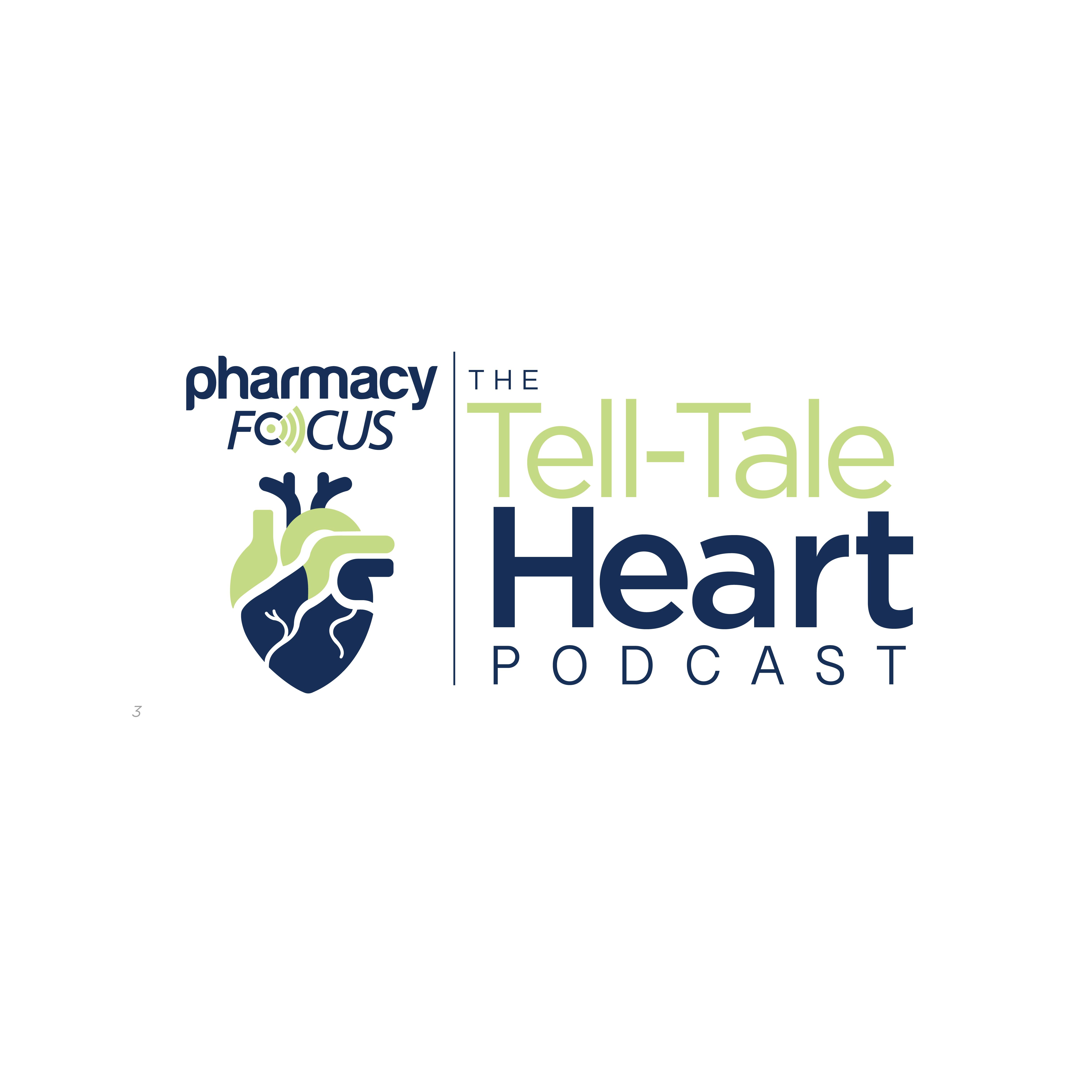News
Article
IsaKRD Induction Achieves 95% Response Rate in Multiple Myeloma
Key Takeaways
- The quadruplet regimen achieved a 95% overall response rate and 91% very good partial response or better in NDMM patients.
- MRD-negativity was observed in 63% of patients at a sensitivity threshold of 10⁻⁵, indicating deep therapeutic responses.
New data reveals isatuximab-based therapy achieves high MRD-negativity rates in newly diagnosed multiple myeloma.
Isatuximab (Sarclisa; Sanofi), carfilzomib (Kyprolis; Onyx Pharmaceuticals), lenalidomide (Revlimid; Celgene Corporation), and dexamethasone induction yielded deep responses and high MRD-negativity rates in patients with newly diagnosed multiple myeloma (NDMM), according to data from the phase 3 MIDAS trial (NCT04934475). The data, published in Blood, also showed no emerging safety concerns and no disruptions in stem cell collection.1,2
Visualization of plasma cell in multiple myeloma | Image Credit: © ArtificialHorizons - stock.adobe.com

MM is a type of blood cancer characterized by the overproduction of plasma cells in the bone marrow and marked by renal failure, brittle bones, and anemia. It affects over 130,000 individuals in the United States and is the second most common hematologic malignancy. Multiple myeloma is incurable and has historically been difficult to treat due to its heterogeneity and diminishing responses to successive lines of therapy. The development of immunotherapies and combination therapies changed outcomes for patients with MM. With these agents, patients can live anywhere from 5 years to over a decade.3,4
For patients with transplant-eligible NDMM, induction therapy with a quadruplet regimen prior to autologous stem cell transplant is the standard of care. In the MIDAS trial, researchers evaluated the safety and efficacy of minimal residual disease (MRD)–driven consolidation and maintenance strategy following induction with isatuximab, carfilzomib, lenalidomide, and dexamethasone (IsaKRD) in patients with transplant-eligible NDMM. The primary end point was MRD-negativity with secondary outcome measurements for response.1,2
The trial randomly assigned 791 patients 1:1 to 1 of 4 arms: IsaKRD induction plus 6 additional cycles of Isa-KRD (arm A); IsaKRD induction plus ASCT followed by 2 cycles of Isa-KRD; IsaKRD induction before ASCT followed by 2 cycles of Isa-KRD (arm C); or tandem ASCT (arm D). Of the population, 96% (n = 757) of patients completed induction, and 94% were able to proceed with a potential tandem transplant (median CD34+ cell yield 7 × 106/kg).1,2
The best overall response rate reached an impressive 95%. Among the intent-to-treat population, 91% of patients achieved a very good partial response or better following induction. Notably, MRD-negativity was observed in 63% of patients at a sensitivity threshold of 10⁻⁵ and in 47% at 10⁻⁶, indicating a deep therapeutic response in a substantial portion of participants.1
However, disease progression occurred in 7 patients during the induction phase. Five patients died during this time, with causes including disease progression (n = 1), cardiac events (n = 2), and other unrelated causes (n = 2). The most common grade 3 or 4 adverse events included neutropenia (25%), thrombocytopenia (5%), and infections (7%). Importantly, only 13% of patients experienced any grade of peripheral neuropathy.1
IsaKRD induction not only led to deep and durable responses but also maintained the feasibility of stem cell collection, with no new safety concerns identified. Continued follow-up from this ongoing trial will be necessary to validate these early findings and to further evaluate long-term safety and efficacy.
REFERENCES
1. Perrot A, Touzeau C, Lambert J, et al. Isatuximab, carfilzomib, lenalidomide, and dexamethasone induction in newly diagnosed myeloma: analysis of the MIDAS trial. Blood. July 3, 2025. Doi:10.1182/blood.2024026230
2. MInimal Residual Disease Adapted Strategy (MIDAS). Updated November 7, 2024. Accessed July 8, 2025. https://clinicaltrials.gov/study/NCT04934475#study-plan
3. Gerlach A. Isatuximab shows promise in enhancing PFS for patients with multiple myeloma. Pharmacy Times. August 8, 2024. Accessed July 8, 2025. https://www.pharmacytimes.com/view/isatuximab-shows-promise-in-enhancing-pfs-for-patients-with-multiple-myeloma
4. Multiple myeloma. Cleveland Clinic. May 4, 2022. Accessed July 8, 2025. https://my.clevelandclinic.org/health/diseases/6178-multiple-myeloma
Newsletter
Stay informed on drug updates, treatment guidelines, and pharmacy practice trends—subscribe to Pharmacy Times for weekly clinical insights.






